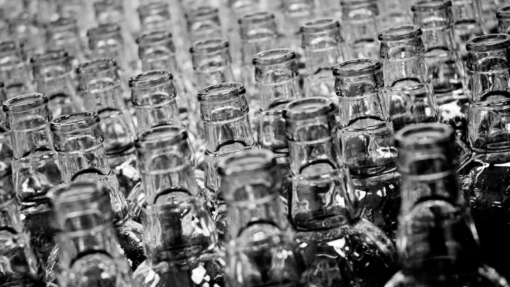
Reuse before recycling – ensuring true circularity in beverage packaging
Zero Waste Europe wants Europe to move towards a circular zero waste economy that retains value by reusing materials over and over; uses recycling as a last resort; and ensures that no waste is leaked into the environment.
With respect to the position paper by Reloop released today, ZWE strongly supports an EU-wide target of 90% separate collection target for all beverage packaging, including plastic bottles, metal cans, glass bottles and other recyclable beverage containers. All beverage containers should be effectively and efficiently reused and/or recycled (at scale), and this target will ensure packaging is back into a closed-loop application.
Nevertheless, in line with the waste hierarchy, strong and binding reuse targets for the beverage sector should be a priority in the current revision of the European packaging legislation in order to effectively close the loop of these materials and bring reusable packaging back to the market in the coming years. Therefore, such separate collection targets for recycling should be complementary to strong and binding reuse targets.
According to our recent study, the beverage sector is one of the sectors with the biggest potential for shifting from single-use to reusable packaging systems. Although the reusable share of the market has dropped significantly over the last decade, the beverage sector already has the ‘know-how’ built across many product categories. Reusable packaging systems for beverages – water, beers, soft drinks, and juices, for instance – are already working and can be found in almost every country in the EU27. They are also expanding their scope to include other product categories such as milk and wine.
When it comes to DRS, ZWE strongly supports its implementation across Europe for both single-use and reusable beverage packaging, since the collection infrastructure and other DRS functionalities can be easily integrated and used for both single-use and reusable packaging with a deposit. This is already the case in several member states, such as Germany, the Baltics, and the Scandinavian countries.
We strongly believe that the accommodation of reusable packaging within DRS should be built-in from the start to avoid a lock-in effect and to enable full circularity in line with the waste hierarchy. Reuse targets, as well as essential requirements with respect to geographical scope, governance, consumer convenience and incentivisation, and producers’ access to recycled materials should guide and steer the implementation of DRS.
When it comes to the material scope, ZWE encourages the inclusion of all relevant materials including plastic bottles (PET and HDPE), metal cans and glass bottles. This will avoid undue advantages for some materials, as well as a shift towards packaging or products that lie outside the scope of the system. Germany, for instance, has a DRS for beer, water, soft drinks, and alcoholic mixed drinks (glass, plastic, metal). From 2022 onwards, this will also be the case for wine and juices; and, as of 2024, for milk.
Below there are additional reasons why glass should be included in the scope of DRS:
- According to a recent LCA study, single-use glass has the highest overall environmental footprint, compared to other single-use material types, due to its high energy-consuming process. Therefore, one way to effectively reduce energy consumption and greenhouse gas (GHG) emissions from its production processes is to effectively close the loop of the material. DRS is proven to be the best tool to make this happen.
- According to a recent study on the circularity of glass, the biggest losses of glass material occur at the collection stage. In both France and the UK, about 30% of glass material is lost. Therefore, a well-designed nationwide DRS program could see significant improvements to the collection of glass packaging. Existing DRS systems for glass in Europe achieved 84%-89% collection rates for glass beverage bottles in 2019, and have since improved in some cases (e.g. Finland reported a 98% glass collection rate in 2021) as per the findings of the abovementioned study.
- Glass is a material with a very high potential for circularity, both in terms of reusability – reusable glass bottles reach 25-30 cycles on average – and in terms of recyclability, as it can be recycled almost perpetually.
- If single-use glass containers are outside of DRS (no deposit fee), reusable beverage containers (which are likely to be part of a DRS) will be in a disadvantaged position, with single-use glass packaging eventually being favoured (which goes against the waste hierarchy principles).
- Including all materials within DRS will ensure that equity between packaging materials prevails, and prevent market distortions and shifts between materials. Also, having all materials included in the system facilitates the consumer’s experience and their understanding that all beverage packages have the same fate.
Learn more about Zero Waste Europe’s work on packaging HERE.